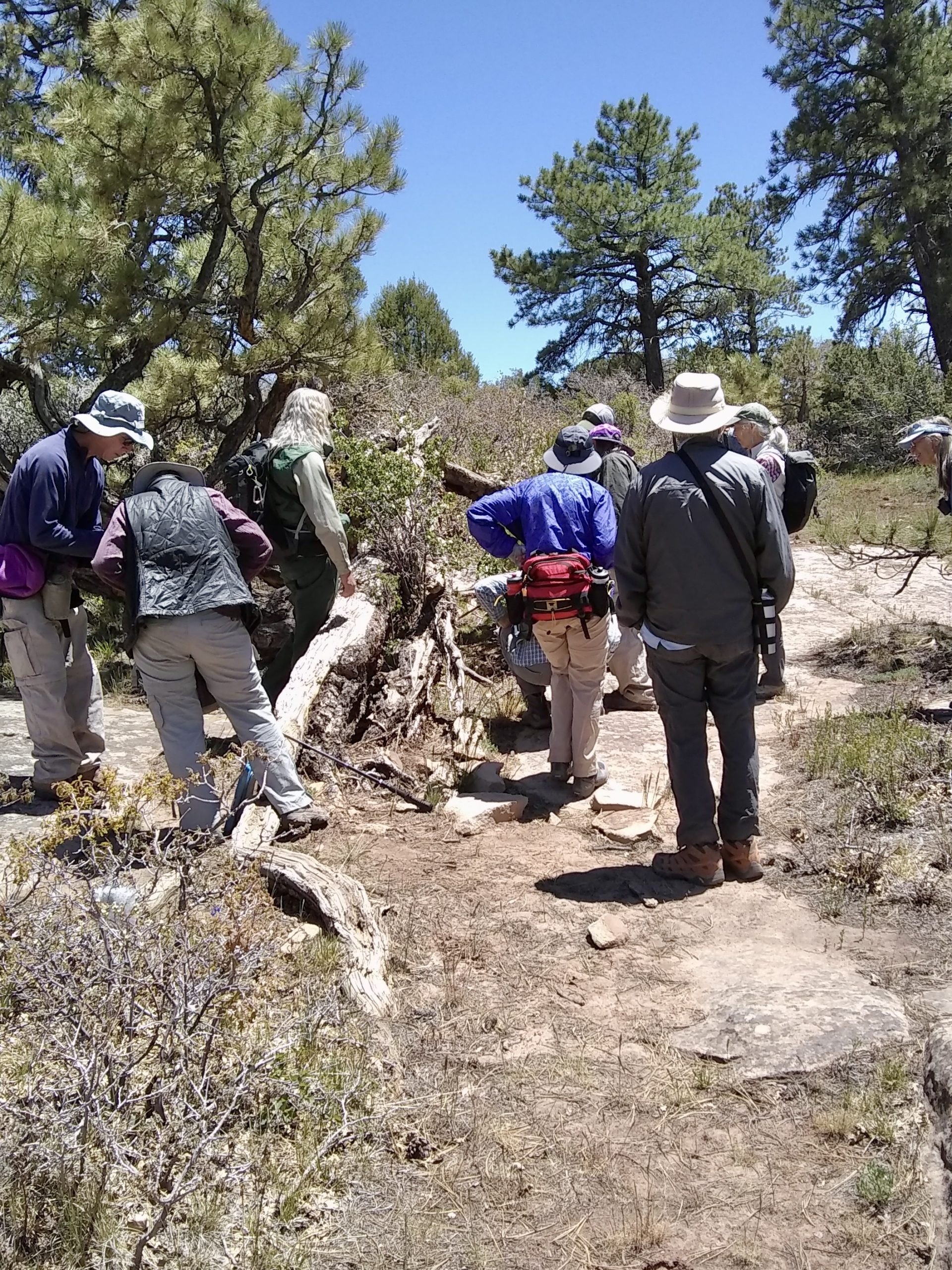Some information may be outdated.
There are 125 rare plant species in Grand County—one of the highest rates in the state, according to the Utah Rare Plant Guide put out by the Utah Native Plant Society.
Grand County’s rare plants include the vulnerable Potamogeton foliosus ssp. fibrillosus, an aquatic perennial endemic to six states in the U.S.; the Botrychium simplex, a grape fern that’s imperiled in Utah; and the critically imperiled Heterotheca postpetrinis, a delicate, multi-petaled yellow flower found only in one place in the entire world: Pritchett Canyon, where it grows along the sandstone walls.
“I strongly feel that understanding the environment around you is important for understanding our community, as well as our landscape,” said Pam Hackley, a member of the Canyonlands Chapter of the Utah Native Plant Society, which operates in the Moab area. “We have an iconic landscape here that people come from all over the world to visit … what our chapter can do at the community-local level, is help people understand the value of native plants.”
Diane Ackerman, an amateur botanist and member of the Washington State Native Plant Society, moved to Castle Valley in 2014. To her disappointment, there wasn’t a chapter of the Utah Native Plant Society in the area—so she started a new one, joining three other local chapters across the state.
“We have been having fun ever since,” she said.
The chapter members are a “hardy group who want to learn about wildflowers,” Ackerman said; one of the greatest accomplishments of the group is establishing a native plant garden at the Community Recycle Center up Sand Flats Road—the plants there were scheduled to be demolished at a construction site before they were salvaged and replanted.

Some Native Plant Society chapters across the nation focus on activism—in Montana, Hackley said, her chapter would pay close attention to mining issues—but the Canyonlands Chapter is more devoted to using plants as a way to explore the landscape.
“They want to see the plants, they’re excited to see what’s flowering, they’re getting down on their hands and knees to look at things,” Hackley said.
This year marked the beginning of events again for the Canyonlands Chapter after a pandemic hiatus. In April, the group hosted an Earth Day event at the native plant garden, during which they gave tours and distributed free seeds; they hosted a propagation workshop with Dr. Larry Rupp, a retired Utah State University professor of horticulture, and Kara Dohrenwend, the director of Rim to Rim Restoration who oversees the Mayberry Propagation Center; and embarked on a restoration project with Marc Coles-Ritchie, a Utah Public Lands program manager at the Grand Canyon Trust.
Ritchie hopes to designate a botanical area in a region of the Manti-La Sal National Forest near the Bull Canyon Overlook and Dinosaur Track Site: the area is thick with old-growth ponderosa pine trees. The “Red Towers Botanical Area” would help protect the trees, but wouldn’t be as restrictive as establishing the region as a wilderness or research area.
“Plants are in a particular place for a particular reason,” Hackley said. “They create these unique assemblages, and then you have the wildlife and insects and particularly, the wild bees, that adapt over millennia to these areas.”
The chapter’s work on plants interacts well with the other passionate local conservation groups, such as Robb Hannawacker’s butterfly and moths group and the Moab Bird Club—the subject of each group relies on the others.
“It’s a good year,” Hackley said, “a wonderful year for the flowering plants around here.”
The chapter is planning an upcoming hike in August: on August 6, members will embark to the La Sal Mountains with Barbara Smith, a U.S. Forest Service wildlife biologist, to explore wildfire recovery. The group is also always looking for volunteers to help care for the native plant garden.
To learn how to get involved with the group, contact Diane Ackerman at dianeackerman13@yahoo.com.
Appreciate the coverage? Help keep local news alive.
Chip in to support the Moab Sun News.





